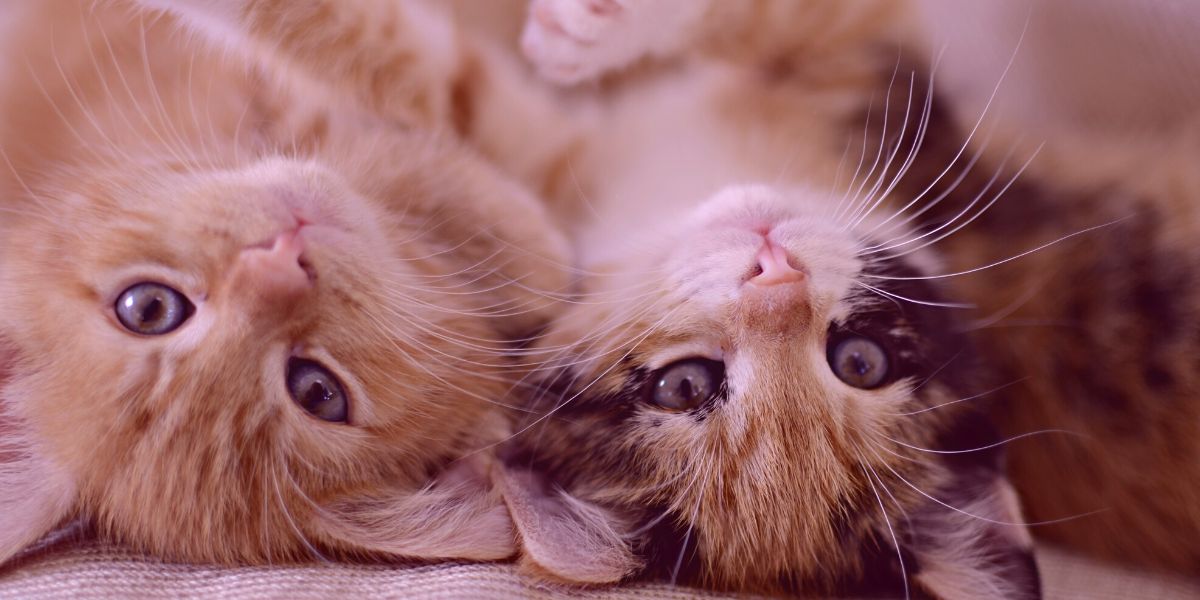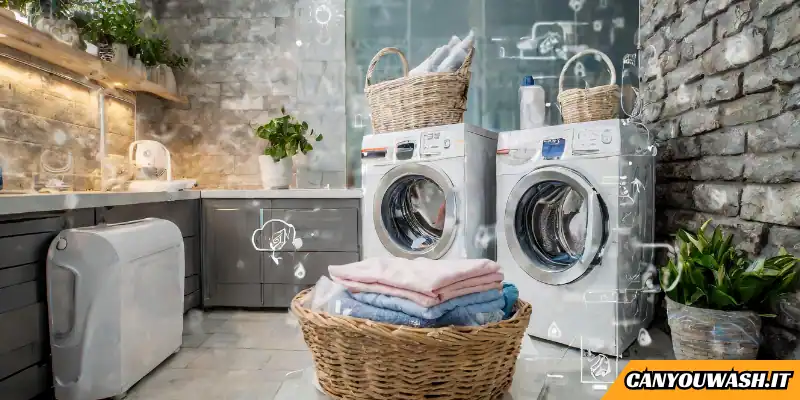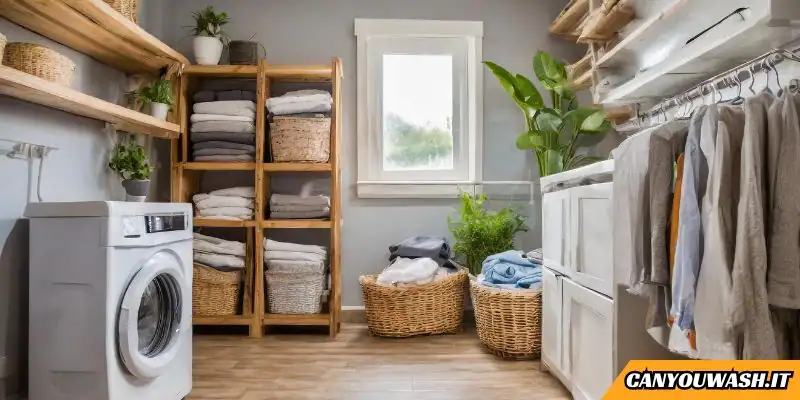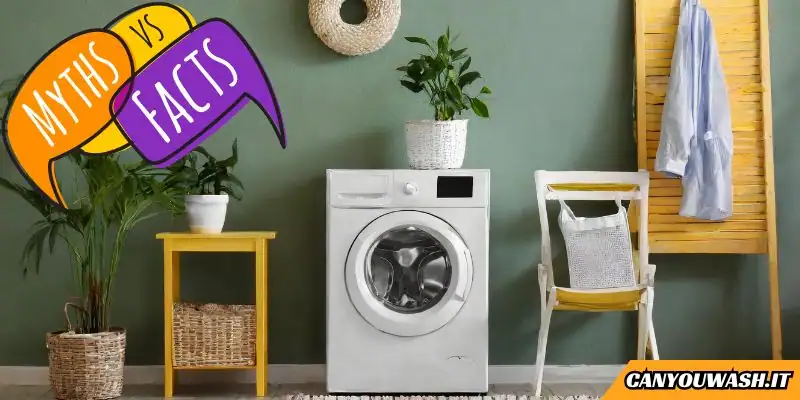Yes, it is generally safe to bathe a kitten as young as 4 weeks old. However, when bathing a kitten at such a young age, it’s important to exercise caution and consider certain factors. Follow the guidelines below to ensure a safe bathing experience for your young kitten.
Dos and don’ts of washing a 9 week old kitten
Dos
- Do choose a mild, specifically formulated cat shampoo that is gentle on the kitten’s sensitive skin.
- Do prepare a safe and comfortable bathing area, such as a sink or a shallow basin, with a towel or rubber mat to prevent slipping.
- Do gather all necessary supplies before starting the bath, including cat shampoo, a cup or pitcher for rinsing, towels for drying, and a brush or comb for grooming.
- Do use lukewarm water, around 100°F (38°C), to fill the sink or basin for the bath.
- Do gradually introduce the kitten to the water, starting with wetting the paws and working your way up, while keeping the head and face dry.
- Do lather the kitten gently with the cat shampoo, avoiding the head and face.
- Do rinse thoroughly, ensuring all shampoo is removed from the fur.
- Do towel dry the kitten by gently patting them dry, and consider using a hairdryer on a low, warm setting if necessary, while keeping a safe distance.
- Do brush and groom the kitten’s fur once it’s mostly dry to remove any tangles or mats.
Don’ts
- Don’t use human shampoos or products not specifically formulated for cats, as they can be too harsh for their skin.
- Don’t use water that is too hot or too cold, as it can be uncomfortable for the kitten.
- Don’t immerse the kitten’s head or face in water to avoid causing distress.
- Don’t rub or scrub vigorously when bathing or drying the kitten, as it can irritate their skin.
- Don’t leave any shampoo residue on the kitten’s fur, as it can lead to skin irritation.
- Don’t use a high-heat setting on a hairdryer or expose the kitten to direct heat, as it can be harmful.
- Don’t skip the step of gently brushing and grooming the kitten’s fur after drying, as it helps maintain its cleanliness and health.
Remember, each kitten is unique, so it’s essential to observe their comfort level and adjust the bathing process accordingly. If you have any concerns or questions, consult a veterinarian or a professional groomer for guidance.
5-step guide to bathing a 9 week old kitten
Step 1
Prepare the bathing area
Gather all the necessary supplies before starting the bath. This includes a mild cat shampoo, a towel or rubber mat to prevent slipping, a cup or pitcher for rinsing, towels for drying, and a brush or comb for grooming. Find a safe and comfortable area, such as a sink or a shallow basin, and place the towel or rubber mat at the bottom to provide traction.
Step 2
Fill the sink with lukewarm water
Fill the sink or basin with lukewarm water, making sure it’s not too hot or too cold. Use a thermometer or test the water with your hand to ensure it’s around 100°F (38°C). The water level should be shallow enough to comfortably immerse the kitten’s body.
Step 3
Introduce the kitten to the water
Gently lower the kitten into the water, supporting its body and keeping its head above water. Start by wetting the kitten’s paws and gradually work your way up, avoiding the head and face initially. Speak softly and provide reassurance to keep the kitten calm during the process.
Step 4
Use cat shampoo and rinse
Apply a small amount of cat shampoo to your hands and lather it gently into the kitten’s fur. Be cautious around the head, ears, and eyes, and avoid getting water or shampoo in those areas. Massage the shampoo into the fur, ensuring all areas are covered. Once lathered, use the cup or pitcher to pour lukewarm water over the kitten, rinsing off the shampoo thoroughly. Make sure to remove all traces of shampoo from the fur.
Step 5
Dry and groom the kitten
Lift the kitten out of the water and wrap it in a soft towel, gently patting it dry. Take care not to rub vigorously, as it may irritate the kitten’s skin. If necessary, you can use a hairdryer on a low, warm setting, but always keep it at a safe distance and avoid blowing air directly on the face. Once the kitten is mostly dry, use a soft brush or comb to gently remove any tangles or mats from the fur.
FAQs
Is it necessary to bathe a 9-week-old kitten?
Bathing a 9-week-old kitten is not always necessary unless they are visibly dirty or have gotten into something that may harm them if ingested, such as toxic substances. In general, kittens groom themselves effectively at this age. However, if you do choose to bathe your kitten, it’s important to follow proper techniques and use appropriate products.
Can I use regular human shampoo to wash my kitten?
No, it is not recommended to use regular human shampoo on a kitten. Human shampoos are formulated for human hair and can be too harsh for a kitten’s sensitive skin. It’s best to use a mild, specifically formulated cat shampoo that is gentle and safe for their skin and coat.
How often should I bathe a 9-week-old kitten?
Kittens generally do not require frequent bathing, as their grooming instincts are usually sufficient. However, if necessary, you can bathe a 9-week-old kitten on an occasional basis. It’s important not to over-bathe them, as it can strip their fur of natural oils and cause dryness. Consult your veterinarian for guidance on the specific bathing needs of your kitten.
Can I use a hairdryer to dry my kitten?
Using a hairdryer to dry a kitten is possible, but it must be done with caution. Make sure to use the hairdryer on a low, warm setting, and keep it at a safe distance from the kitten’s body. Avoid blowing air directly onto the face, as it can be uncomfortable or frightening for them. Alternatively, towel drying and providing a warm environment for the kitten to dry naturally are also suitable options.
What should I do if my kitten gets scared or stressed during the bath?
It’s common for kittens to feel scared or stressed during baths, especially if they are not accustomed to the experience. To help ease their anxiety, provide a calm and quiet environment, speak softly and reassuringly, and handle them gently throughout the process. If your kitten becomes extremely distressed or anxious, it may be best to discontinue the bath and seek guidance from a veterinarian or professional groomer for alternative bathing methods or techniques.
Final thoughts 💭
Bathing a 9-week-old kitten can be done with caution and following the right steps. While it’s not always necessary to bathe kittens at this age, occasional baths may be required if they are visibly dirty or have encountered substances that could harm them.
Using a mild, specifically formulated cat shampoo and lukewarm water, gradually introduce the kitten to the water, lather gently, rinse thoroughly, and dry them using a soft towel or a low, warm setting on a hairdryer. It’s important to handle the kitten with care, avoid getting water or shampoo in sensitive areas, and consult a veterinarian or professional groomer if you have any concerns or questions.





Leave a Reply